Jan Davidson & Graeme Kilpatrick
We spoke to Graeme Kilpatrick, fifth-generation farmer at Craigie Mains, a dairy farm in Tarbolton. The family have been loyal Massey Ferguson customers, having owned 19 tractors so far, the latest addition bought from Jan Davidson, Area Sales Manager at Hamilton Brothers in Tarbolton.
· Can you tell us about the venue where we are today?
Graeme – We’re at Craigie Mains, in Tarbolton. The farm has been in my family since my father’s great-grandfather. My father’s grandfather and uncle used to raise Clydesdale horses, which got sent all over the world, and the place was well known for that at one point.
Nowadays, we’re heavily focused on dairy farming. There’s myself and my father working on the farm, and I’ve got two full-time and two part-time employees.
· How is the area structured?
Graeme – The farm is 650 acres in total, of which 320 is temporary grass, 300 is arable, and 30 is permanent pasture. The farm is set on a steep land, with elevation ranging from 10 to 110m.
The ground is split between four different units. Crops are a mixture of winter wheat, spring wheat, winter barley, spring barley and fodder beet. Our aim is to be as self-sufficient as possible in regards to feeding the livestock.
· Can you tell us more about your livestock?
Graeme – On the farm, there’s around 350 dairy cows. They’re milked twice a day, and we sell about 3.3 million litres of milk a year to Yew Tree Dairies in Skelmersdale, down in England.
We rear our own replacements, and our aim is to have 250 followers in the system. We produce heifers, dairy heifers and beef calves, with the majority of our beef calves being sold at three to four weeks old.
The cows are housed 365 days a year, and they get fed a single Total Mixed Ration (TMR) per day, which is a mix of sileage, whole crop, bruised grain and protein. During the summer, the cows get 12 tonnes of fresh grass a day from the zero grazer, except for young stock and dry cows who are grazed during that period.
· Can you tell us more about your crops?
Graeme – The majority of the grain that we grow goes to feeding the cattle, which amounts to 600 tonnes of grain a year. Any surplus is sold.
Wheat and barley are used for feeding, whereas the spring wheat is used for whole crop. Normally, we’ll take three to four cuts of quality silage a year, and we whole crop about 65 acres.
The reason for growing whole crop and fodder beet was to reduce bought-in inputs, and to take out some of the variability of grass silage.
· What are the main challenges you’re faced with?
Graeme – The weather is the main challenge, as far as getting cows to eat fresh grass. In the past, we’ve tried grazing, we’ve tried lots of combinations – having the cows out during the day and at night, some of them in all the time, some of them out all the time – and we found that the springs in this area were just becoming increasingly difficult. You would get them out for a fortnight and then they could be in for a week, and then back out, and by that time your grazing platform was out of sync.
With the zero grazing, I find it far easier to manage the grass and its utilisation’s so much better. We can pick and choose the fields, and we’re never that far away from cutting sileage anyway.
· Can you tell us about your Massey Ferguson tractors?
Graeme – Currently, I have three Massey Ferguson tractors: a 6465, a 6470, and the latest one is a 6718.
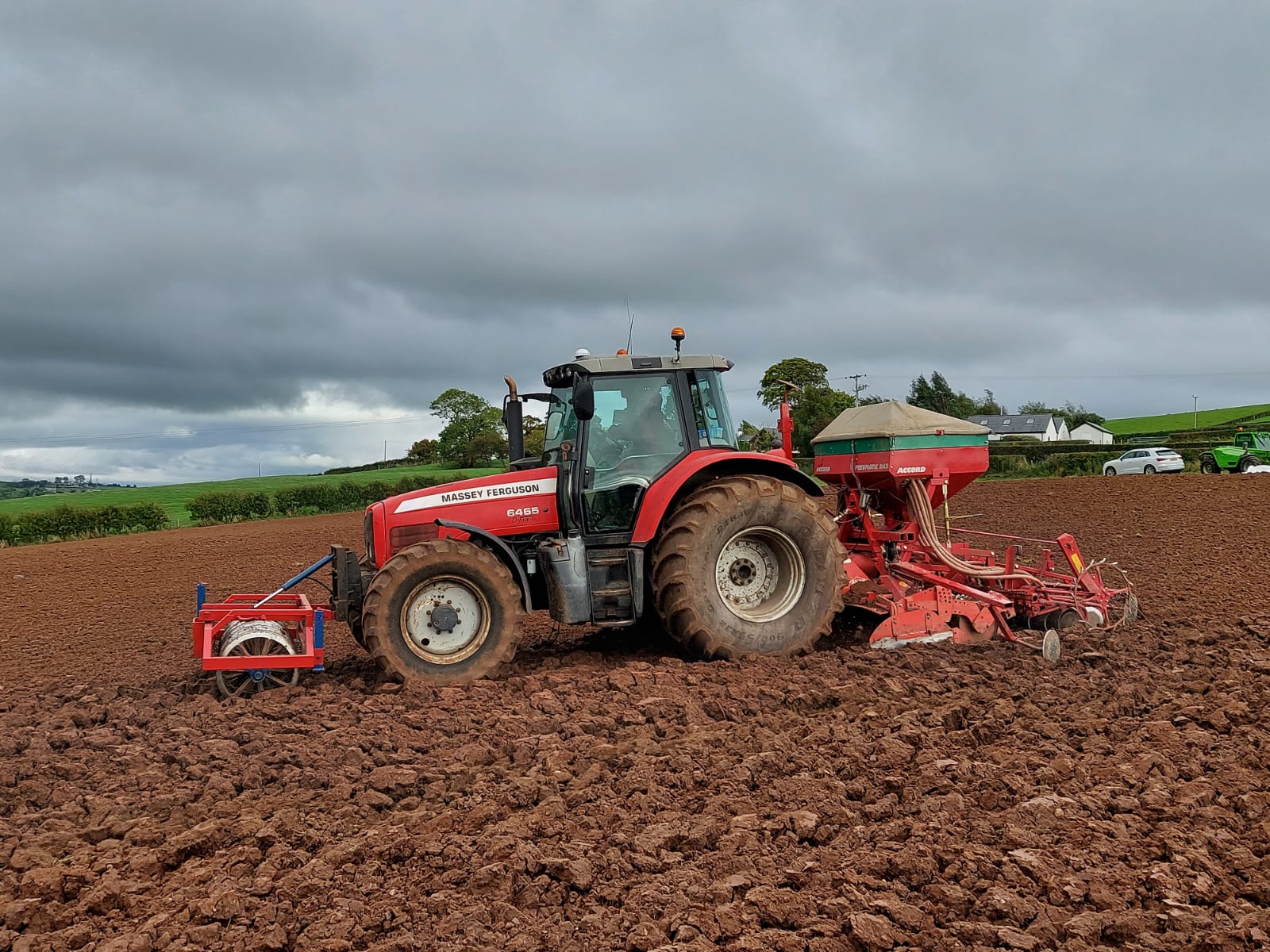
· What is the relationship between your family and Massey Ferguson?
Graeme – All my days, we have been Massey Ferguson. I was brought up with Massey Ferguson when I was wee. Over the years, we’ve owned 19 machines: 3x 135, a 35 with a digger, a 168, a 188, a 290, a 565, a 265 with and loader, a 390; we then had a 390T that we bought second hand, and after that we bought another 390T with a loader, new; then we got a 3070, a 6265, and a 5455. And finally, the three still in use: a 6465, a 6470, and the last one was the 6718.
The only time we thought about switching to another brand was when the 61 series was out, and that was the only model I didn’t like. I actually avoided having one of them by keeping my 3070 for longer so I could wait until the 62 would come out!
“The evolution of the Massey Ferguson tractors has always been ahead of the competition.”
· What are the main benefits of choosing Massey Ferguson?
Graeme – Over the years, we’ve found them very reliable. We’ve had very few problems, so we don’t have any fears. These tractors, if they’re looked after, they’re capable of working hard.
The last tractor that we traded in had done about 12,500 hours, and we’d spent very little money on it. Our first Dyna 6 is still in use. The important thing is to service them regularly, and to change the oil. And for us, the most fuel-efficient tractor that we’ve ever had is the 6465.
The evolution of the Massey Ferguson tractors has always been ahead of the competition. You can tell that they do their research thoroughly and take into consideration the customer feedback. That was especially true when they launched the 3,000 series.
· Why did you decide to buy the 6718?
Graeme – I traded in my 5455, because I was looking for a tractor with higher horsepower, and a low weight, to attach mowers at the front and at the back. The 6718 will be doing all the drilling, fertiliser, and cutting silage. As far as the tillage goes, I have a Kverneland three-meter, four-furrow reversible plough. I also use a one-pass.
I was also keen to get a machine with autoguide. One thing that’s become way more important in the last 10 years is precision farming. I’ve got a two-and-a-half-tonne GPS-controlled spreader. Personally, I’d prefer to invest in one tractor to do all the precision jobs, like drilling and fertiliser, so I can keep better control of my costs.
We don’t feel that we can justify that across the fleet. Plus, if there's multiple operators, it’s easier if you’ve got two more standardised tractors, so that way anybody can jump in and drive without needing a lot of tutoring.
· What do you use each of them for?
Graeme – Because the 6465 and the 6470 are roughly the same size and the same horsepower, their jobs are interchangeable. They could be on the mixer wagon, or on the zero grazer during the summer.
They do all the ploughing and haulage. There’s a lot of haulage involved, because there’s 230 acres, six miles away – hence why the tractors need to be 50k for the road.
· Any funny anecdotes?
Graeme – In the 1960s, my dad once drove the 135, all the way to Edinburgh and back, to pick up a trailer. It didn’t even have a cab!
· How long have you been a customer of Hamilton Brothers?
Graeme – We used to buy from the dealership who was at Tarbolton before they took over, so since their opening in the eighties.
· What’s special about working with Hamilton Brothers?
Graeme – The dealership’s handy. We’ve always had a good service and backup, and the staff is helpful and friendly. I’ve been a customer of Jan’s for a long time, but I’ve known her personally as well for over 25 years!
Jan – Graeme was buying animal health products from me since I started 13 years ago, so when I made the switch over to the machinery sales side of things, we kept our relationship.
“When making a machinery purchase, there’s always a discussion as to what will be the right product for the desired application.”
· Can you tell us about the buying process?
Graeme – The dealership never talks to me into buying something I don’t need. When making a machinery purchase, there’s always a discussion as to what will be the right product for the desired application. We buy a fair proportion of our machinery from the Hamilton Ross Group, such as Kverneland and Amazone implements, because the price is right.
Jan – I think your knowledge of the Masseys is huge, and you know what you want. You made me do my homework! There was a lot of things that I had to check, and I even talked to Derek Neil and Hamish Brown (Area Sales Managers, Massey Ferguson) to make sure that we could find the right machine for you, for what you were needing it for.
· What are the future developments for this place?
Graeme – This year we’re using a couple of fields to grow beans for the first time, to reduce the amount of protein that we need to buy in. We’ve got a lot of our own organic matter, because we’re highly stocked, so that reduces the input needed on the arable side, but we do need protein to feed the cattle.
Special thanks to author Justine Fourny, Marketing Manager at the Hamilton Ross Group.

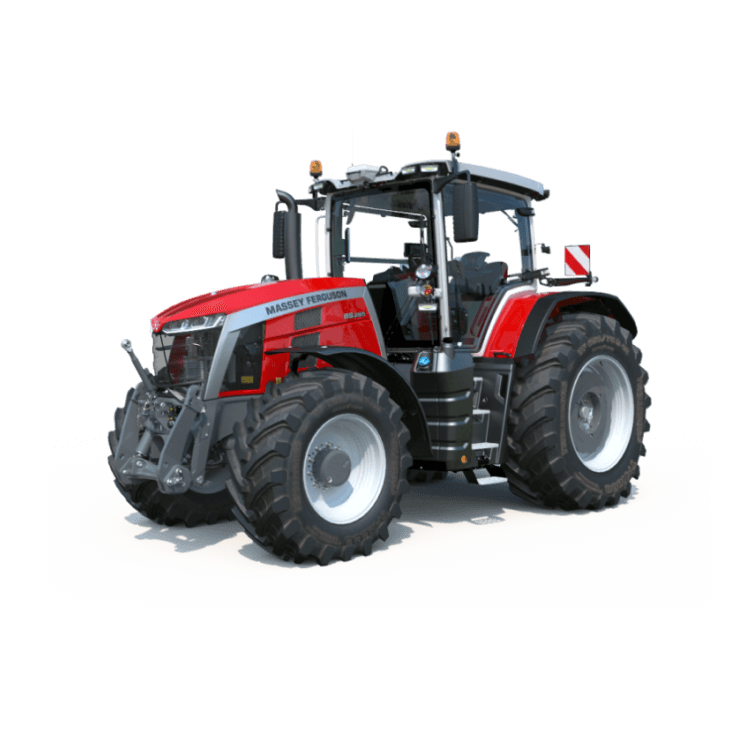
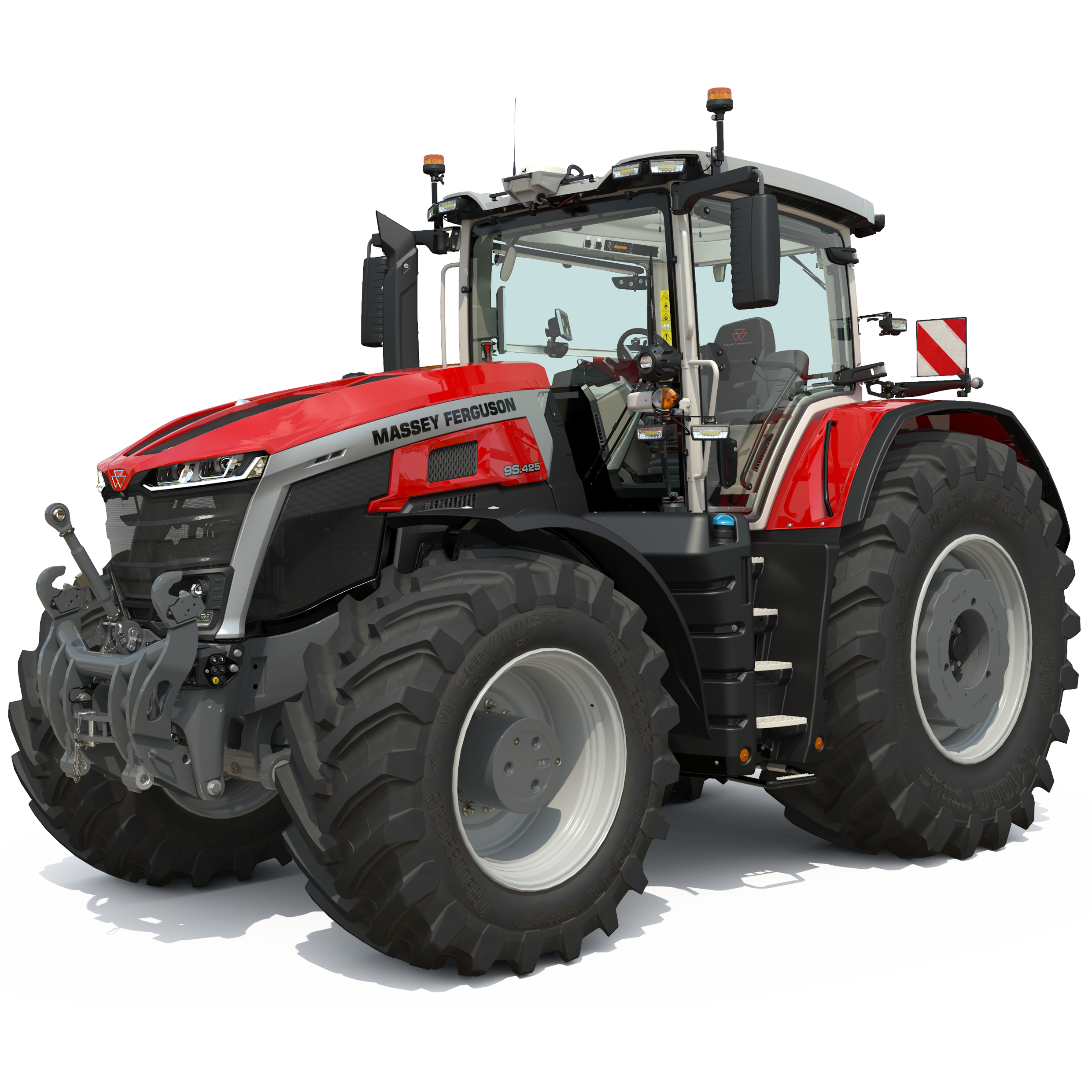
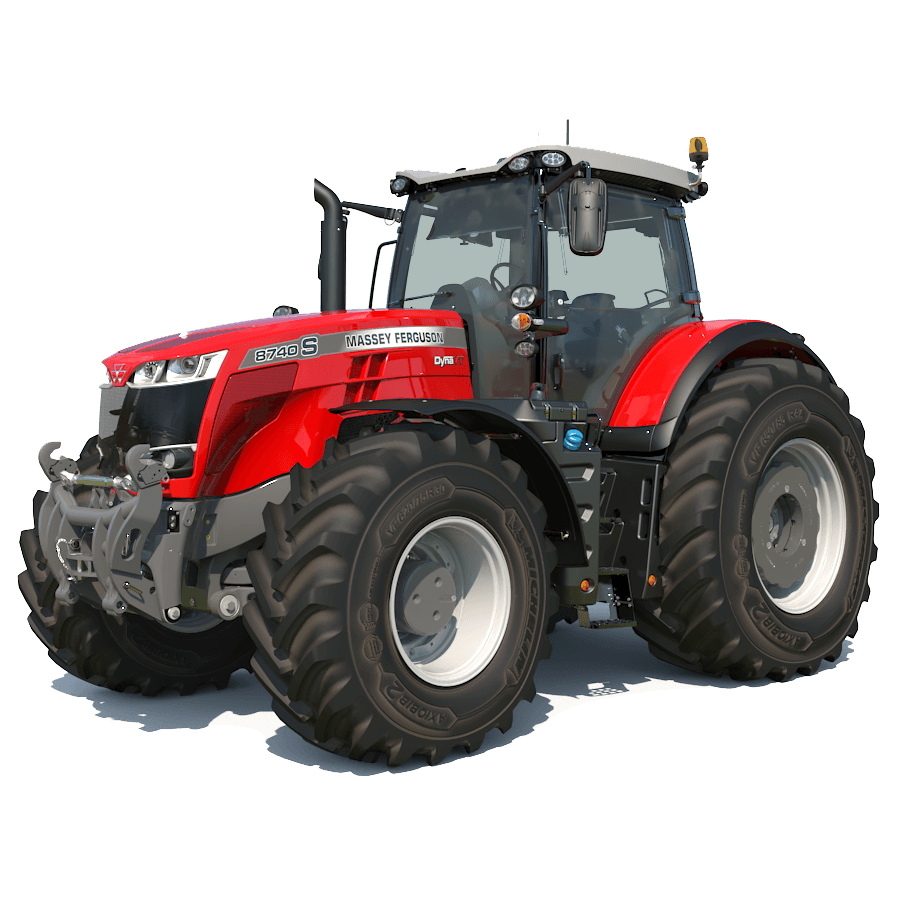
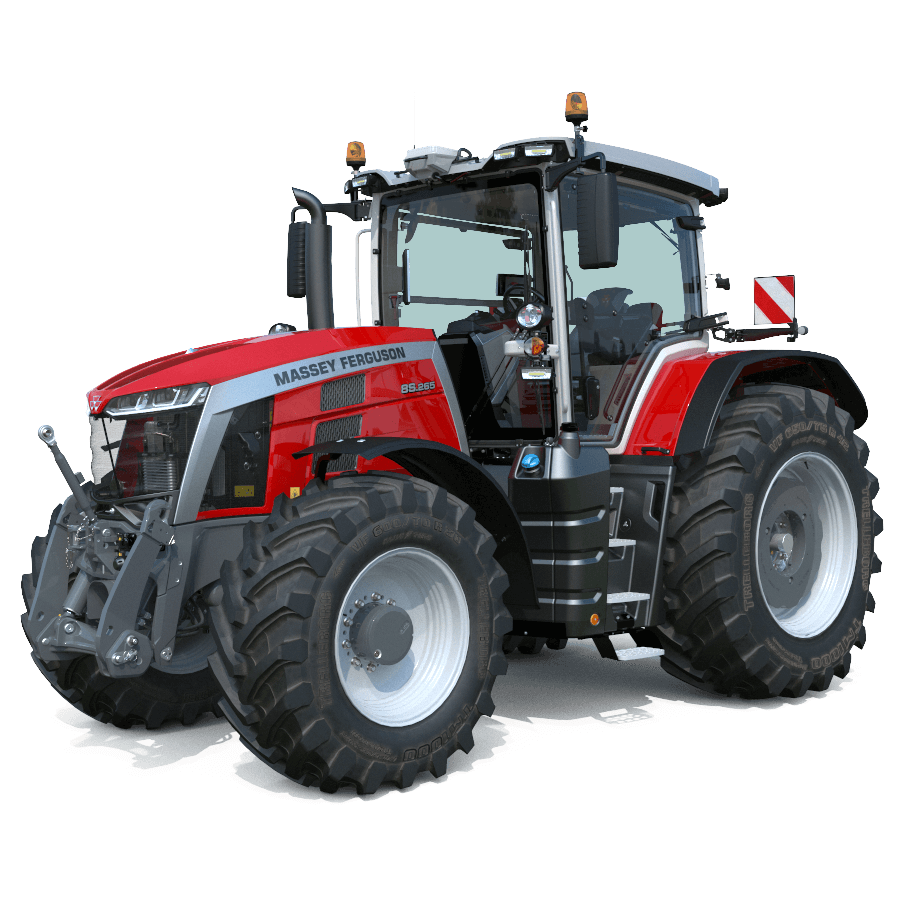
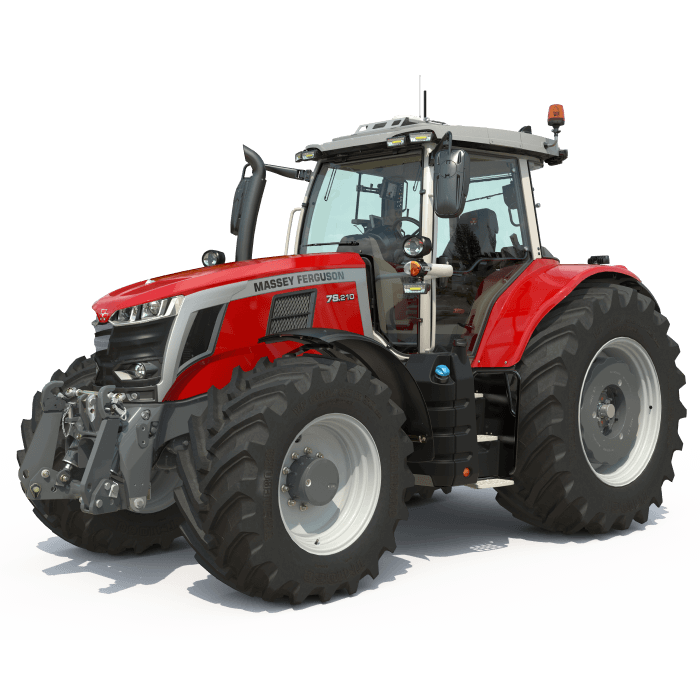
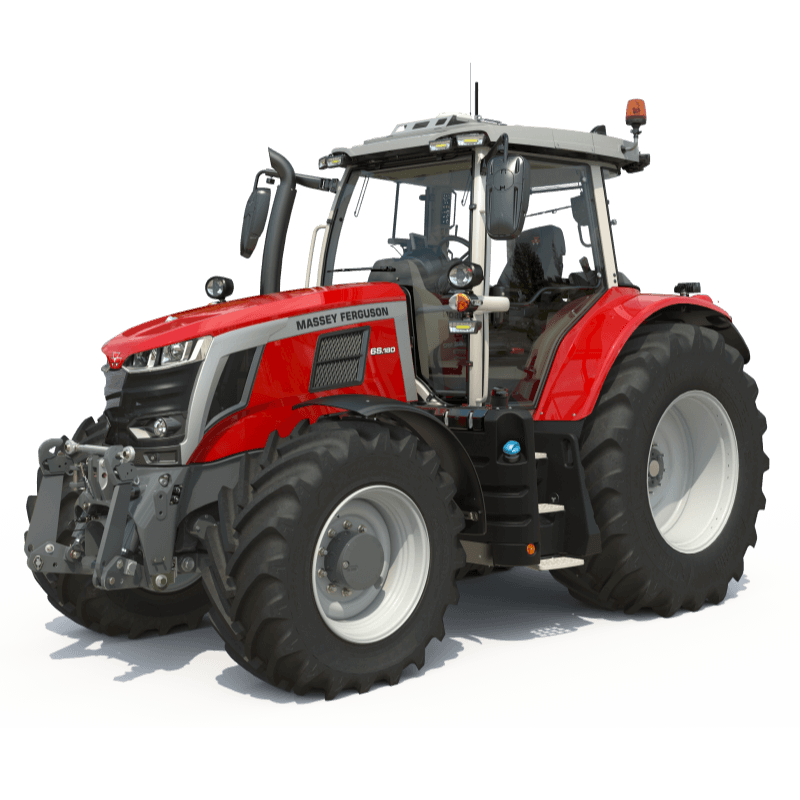
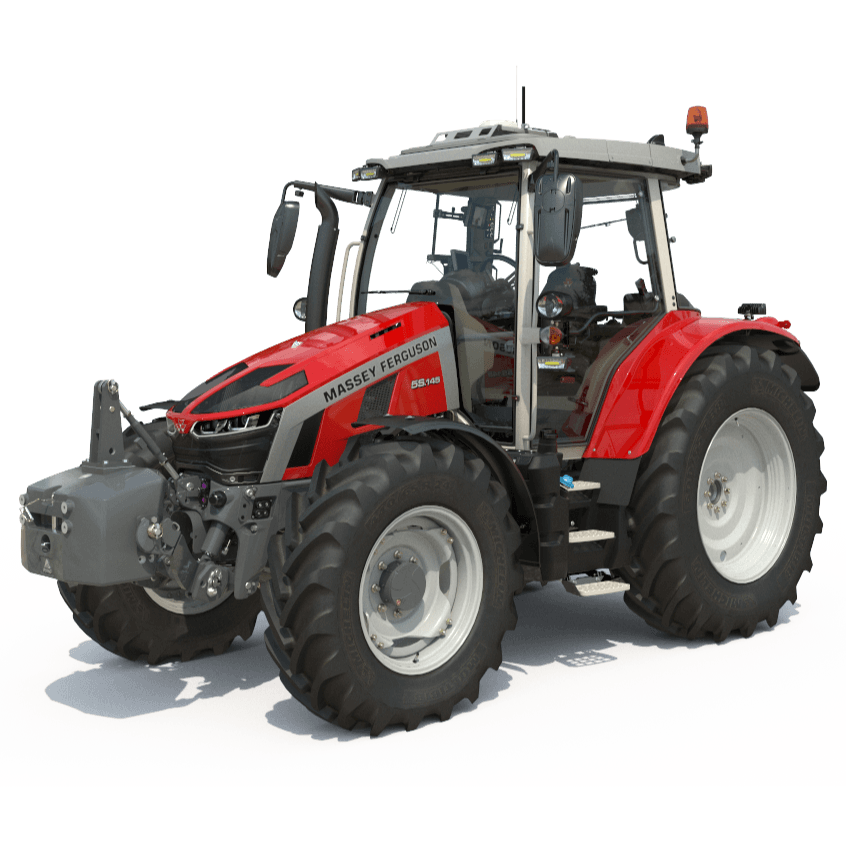
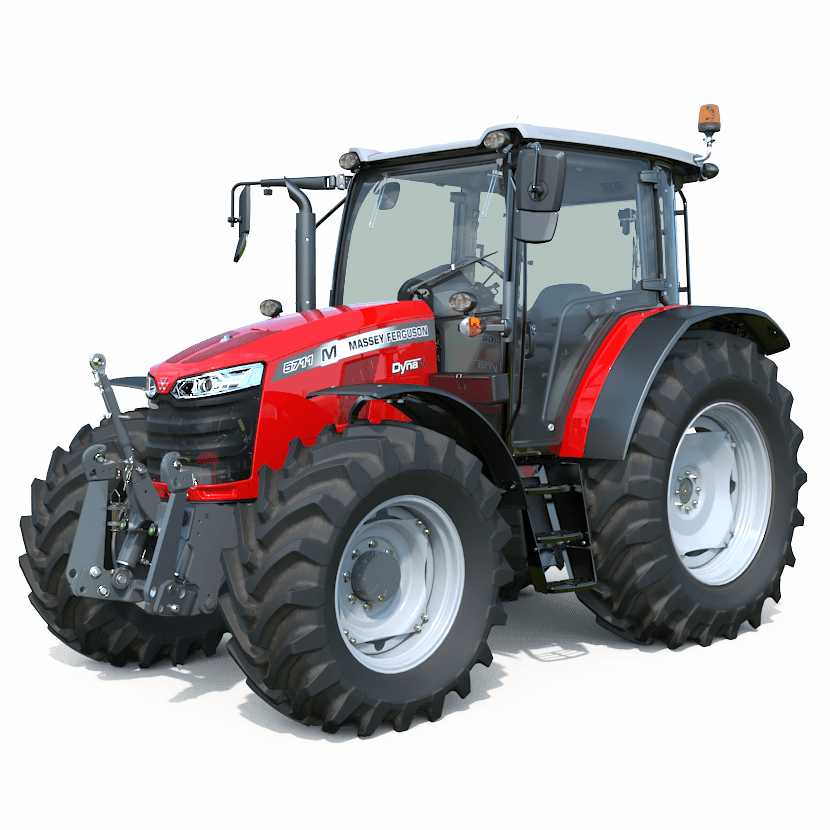
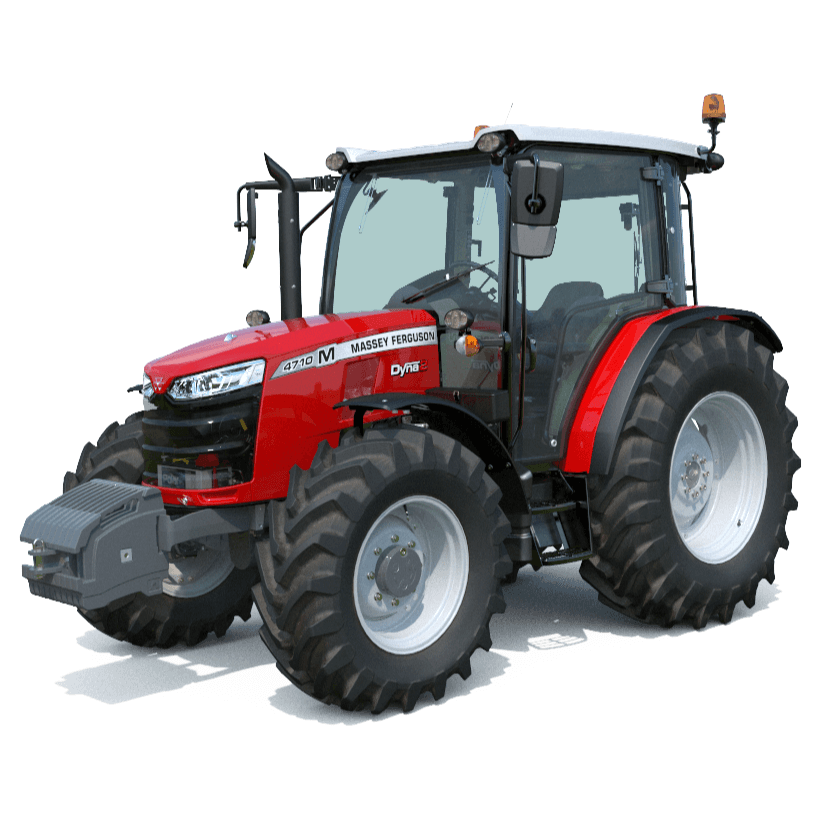
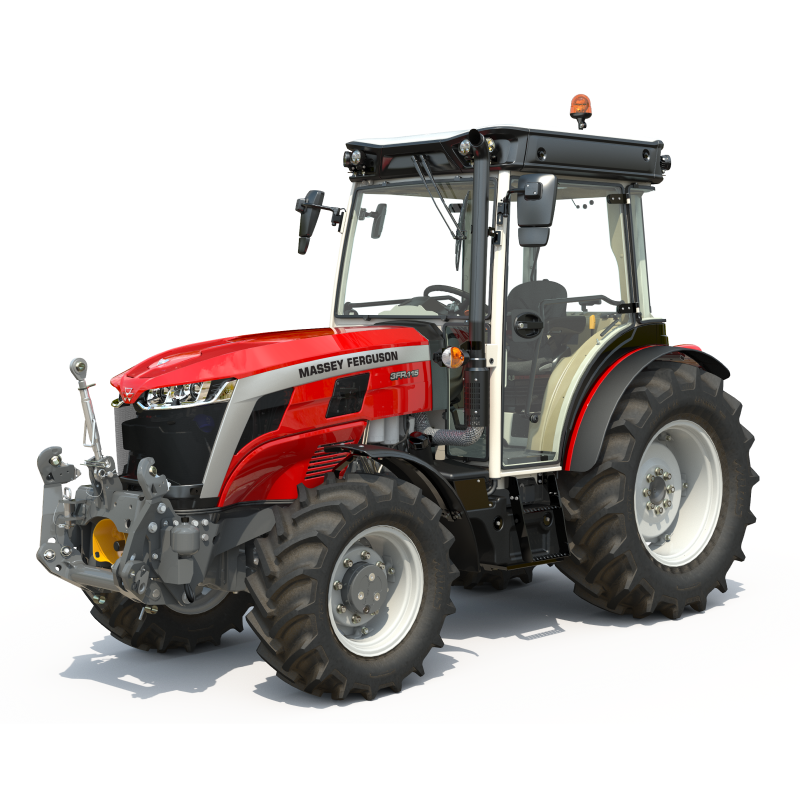
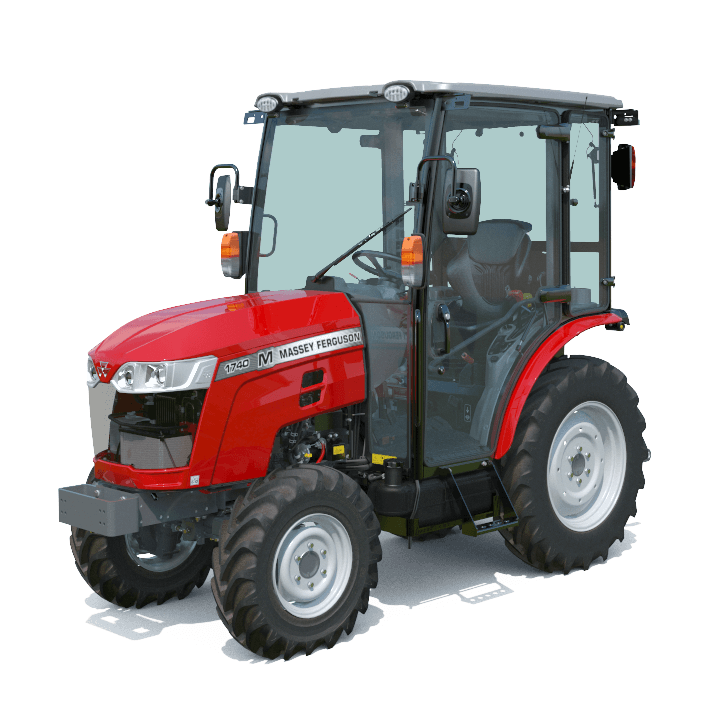
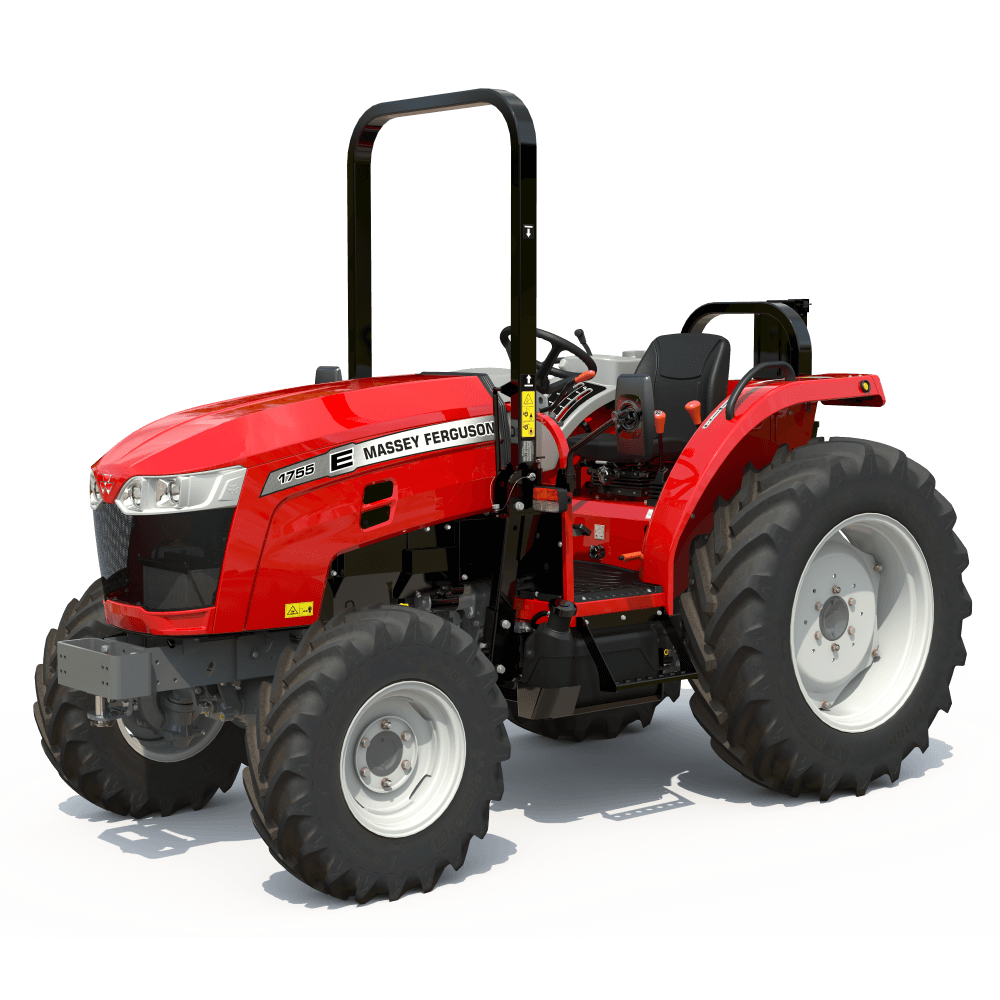
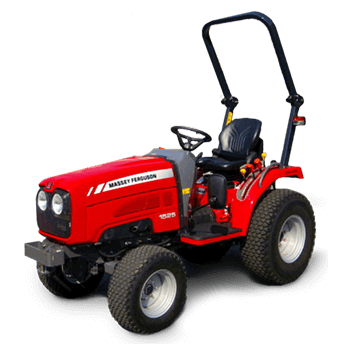
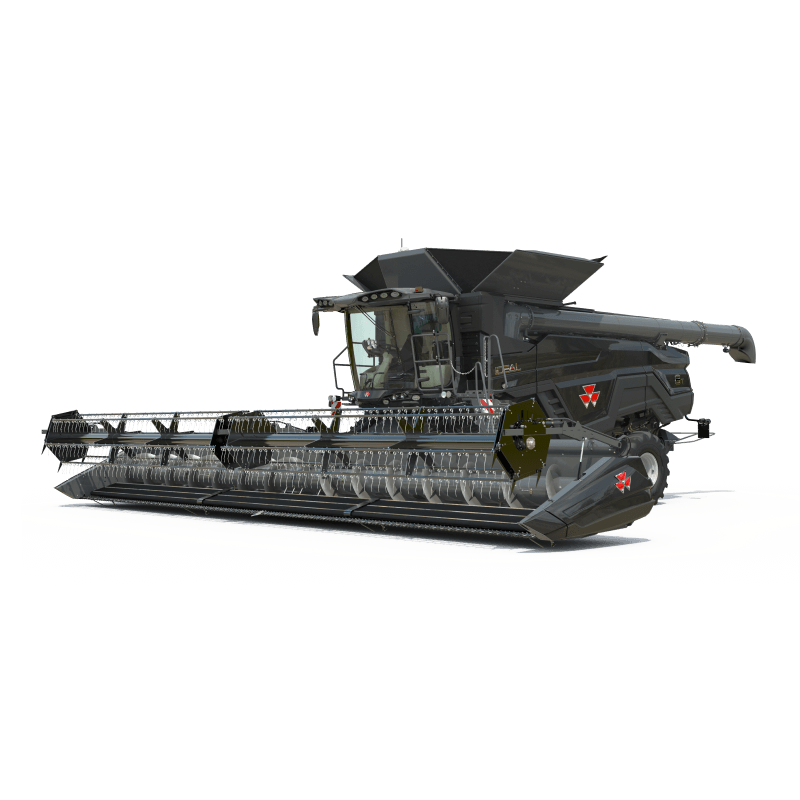
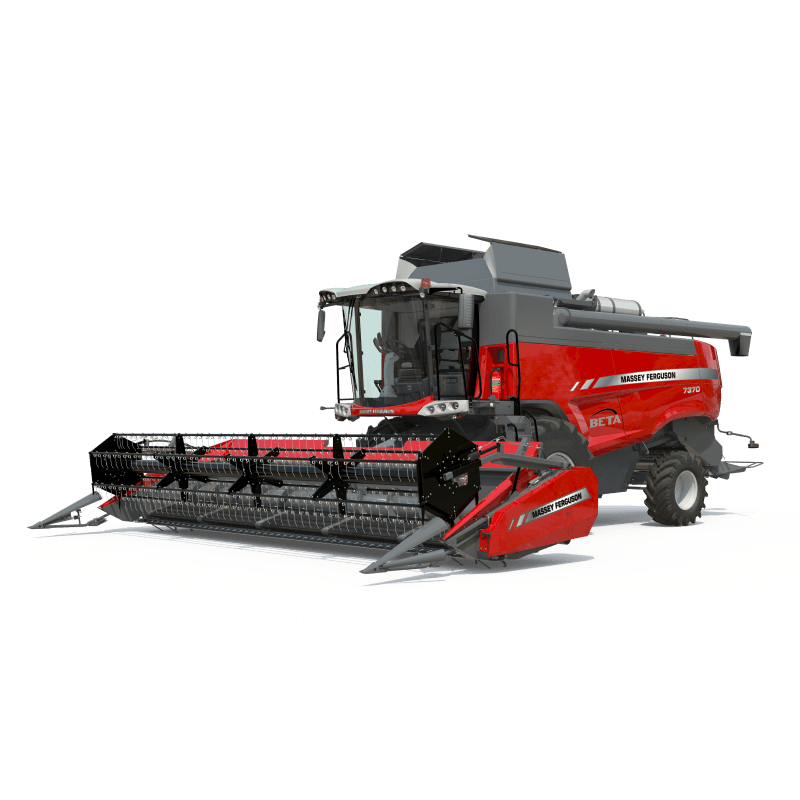
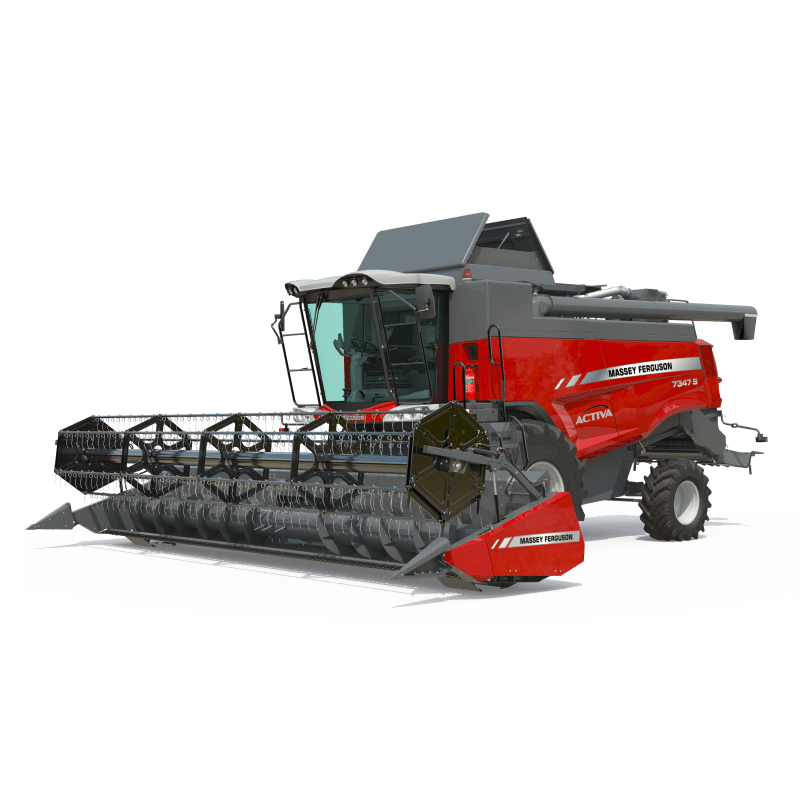
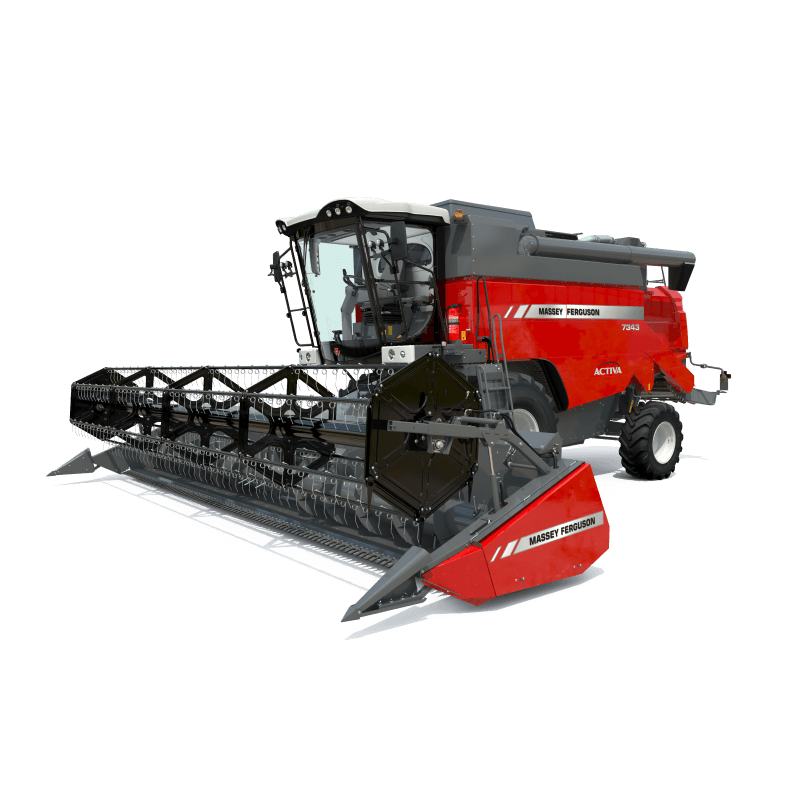
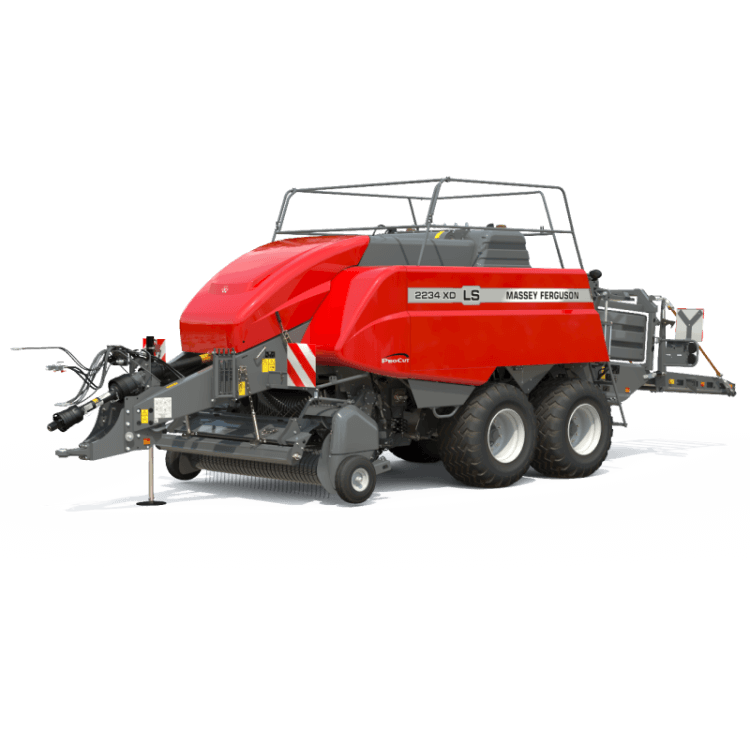
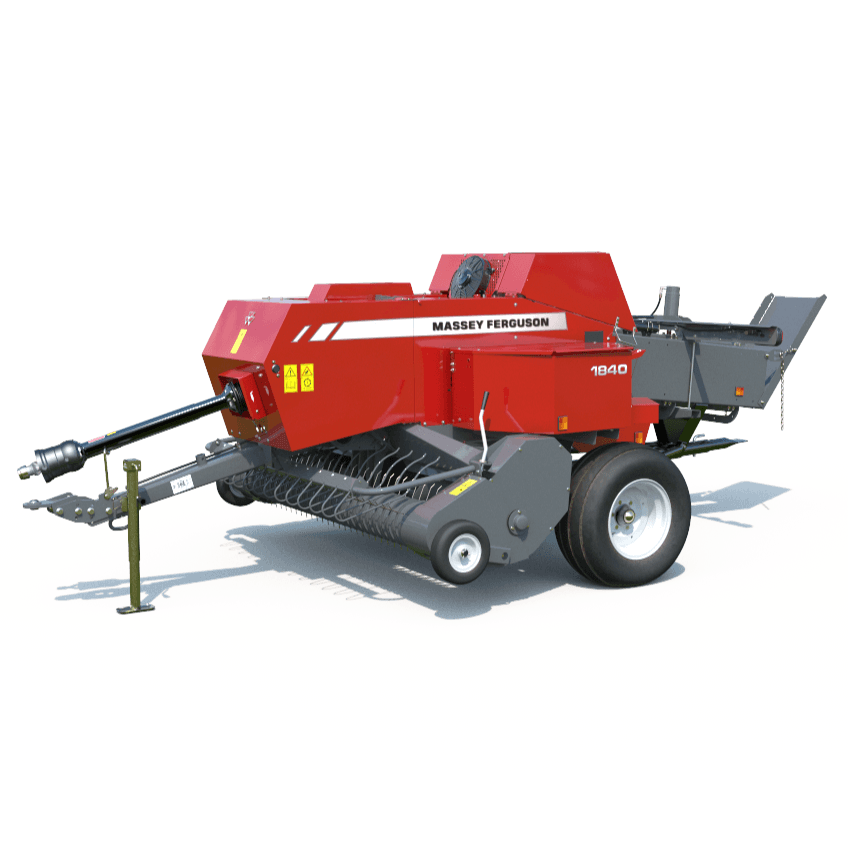
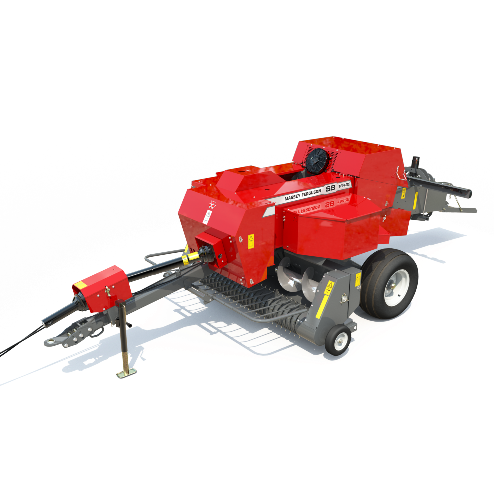
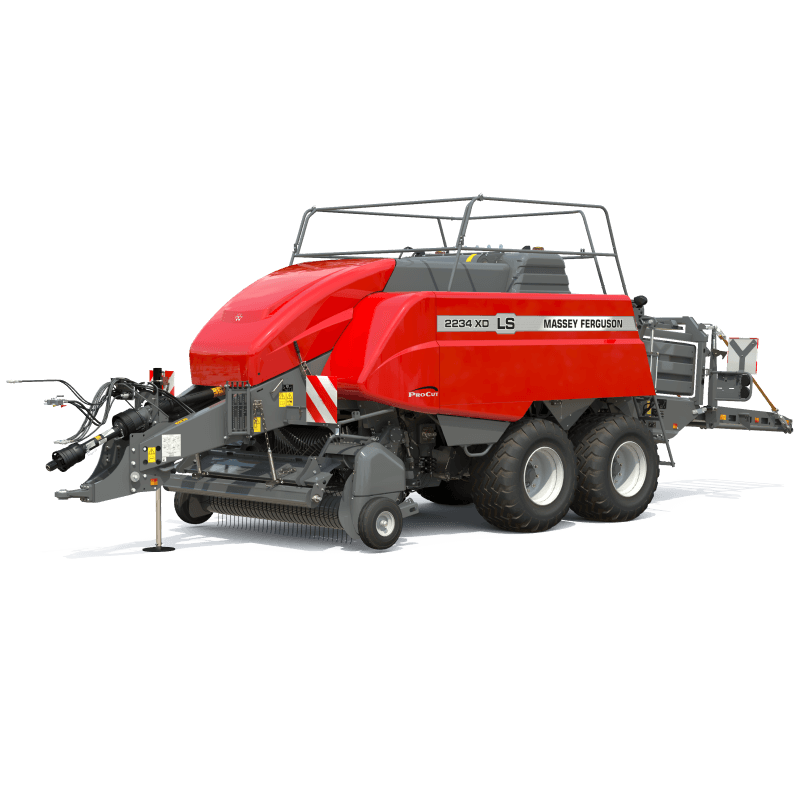
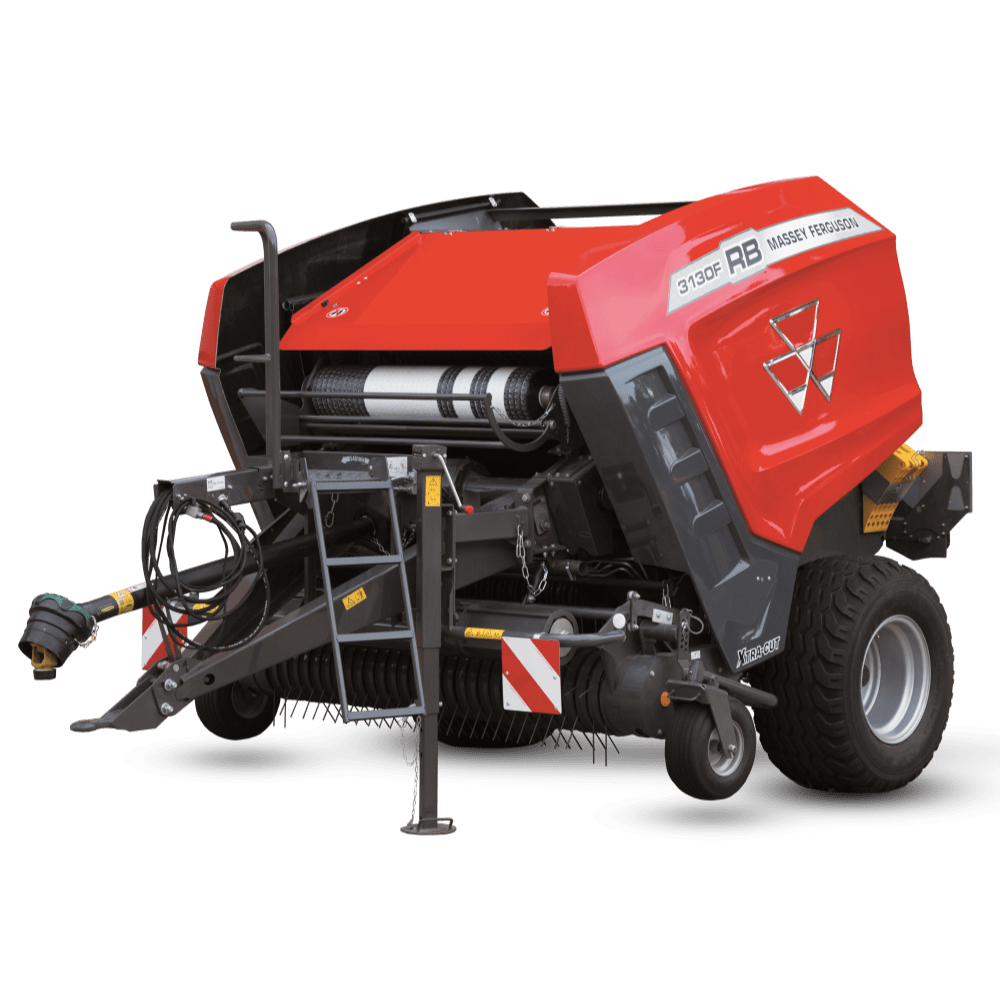
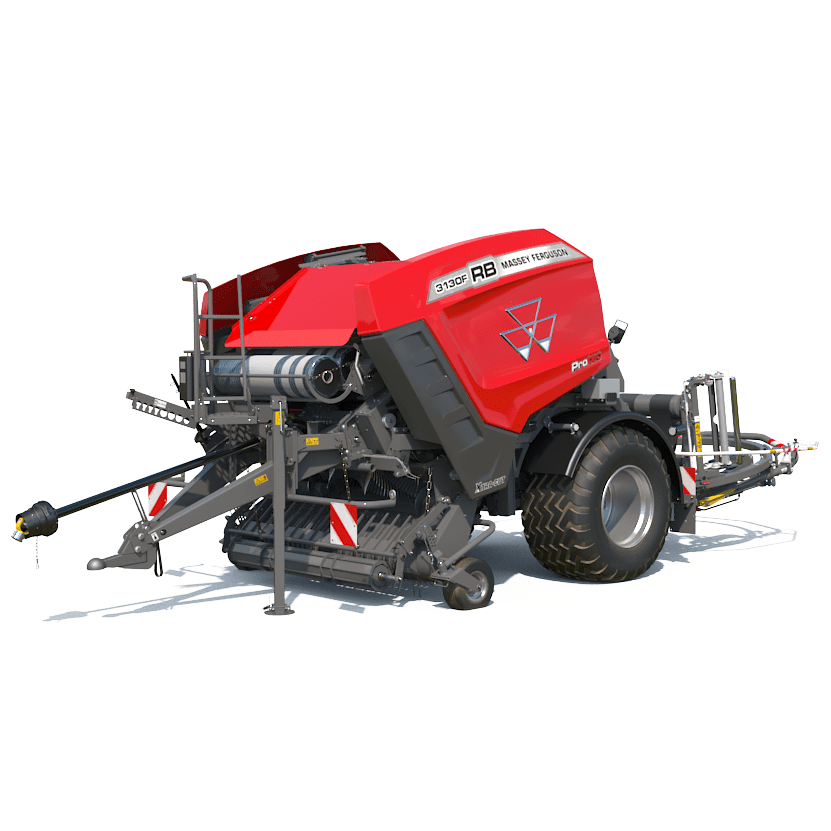
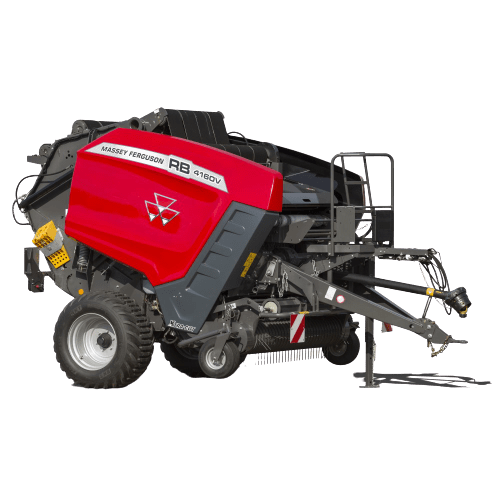
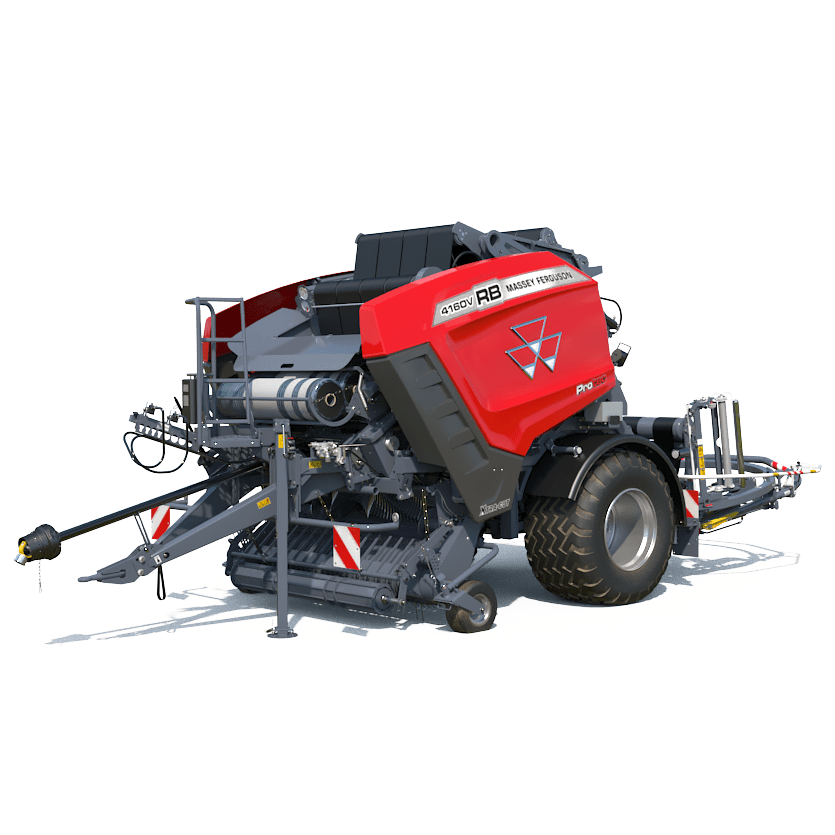
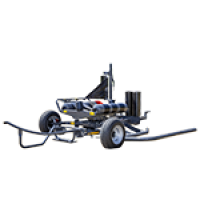
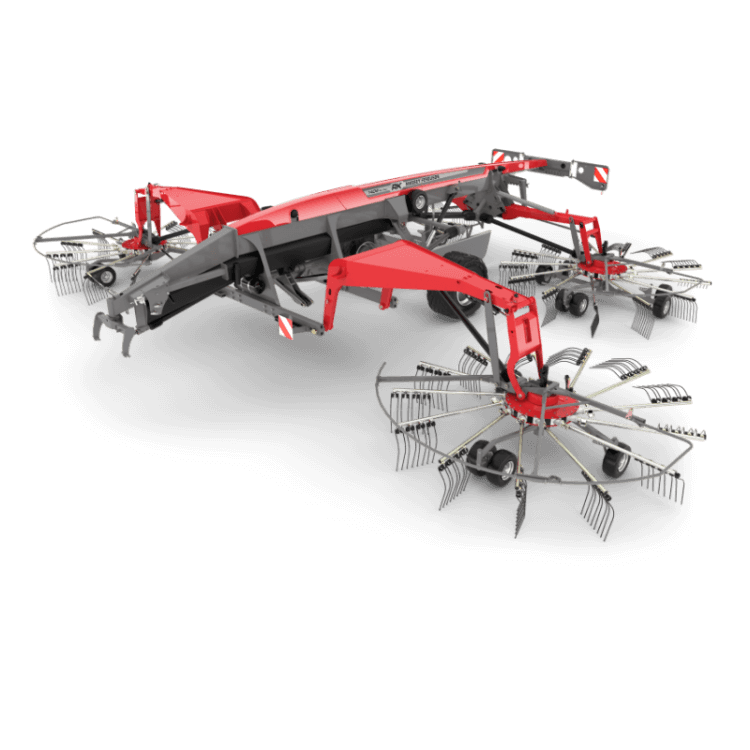
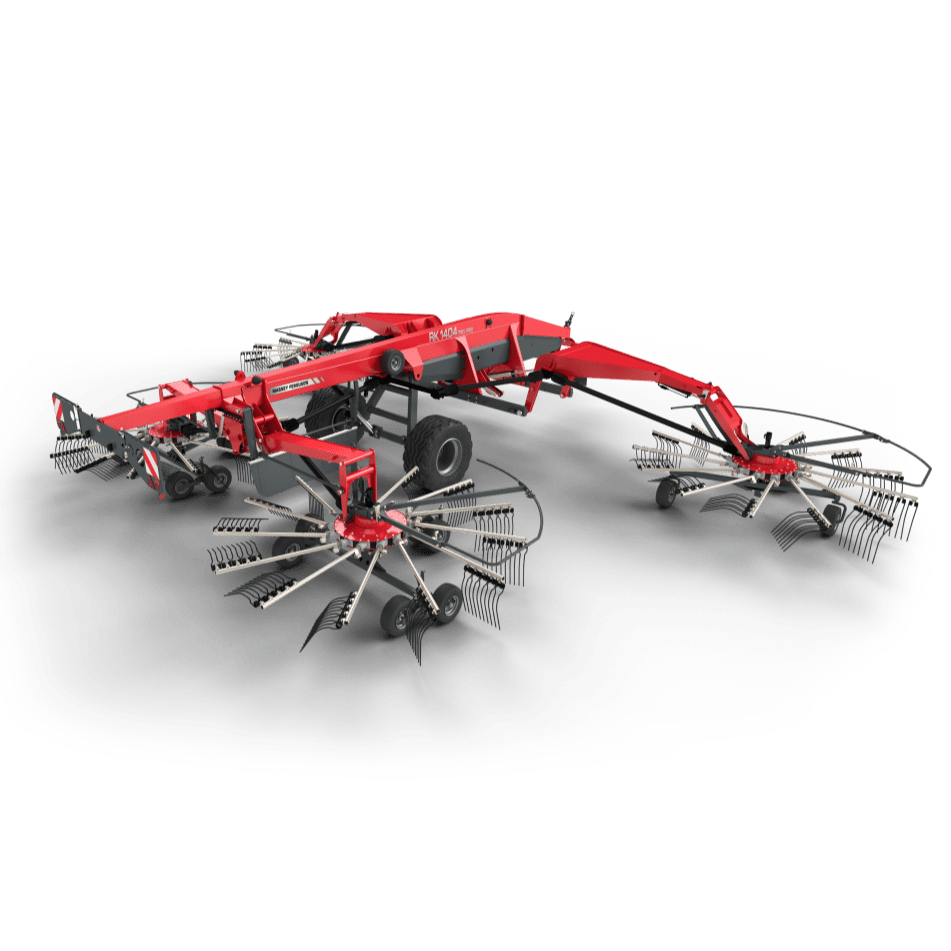
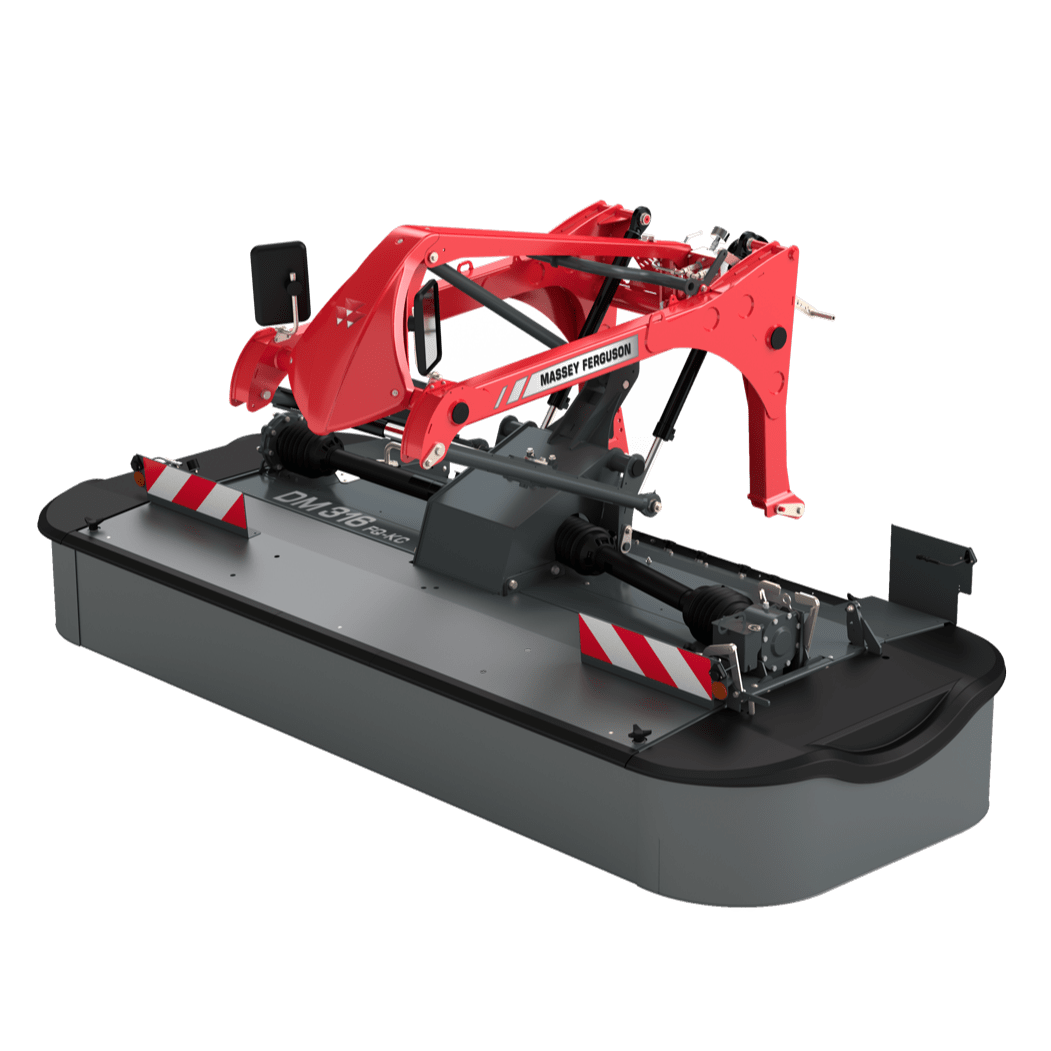
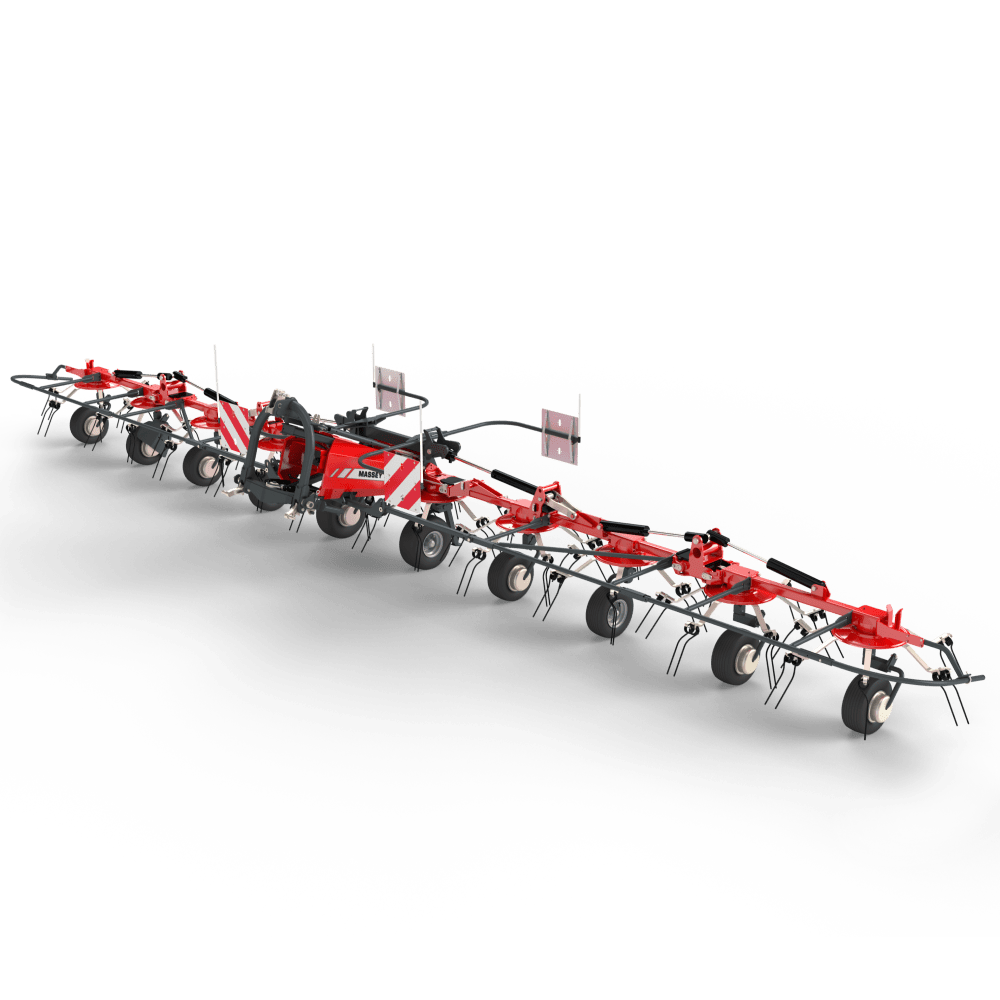
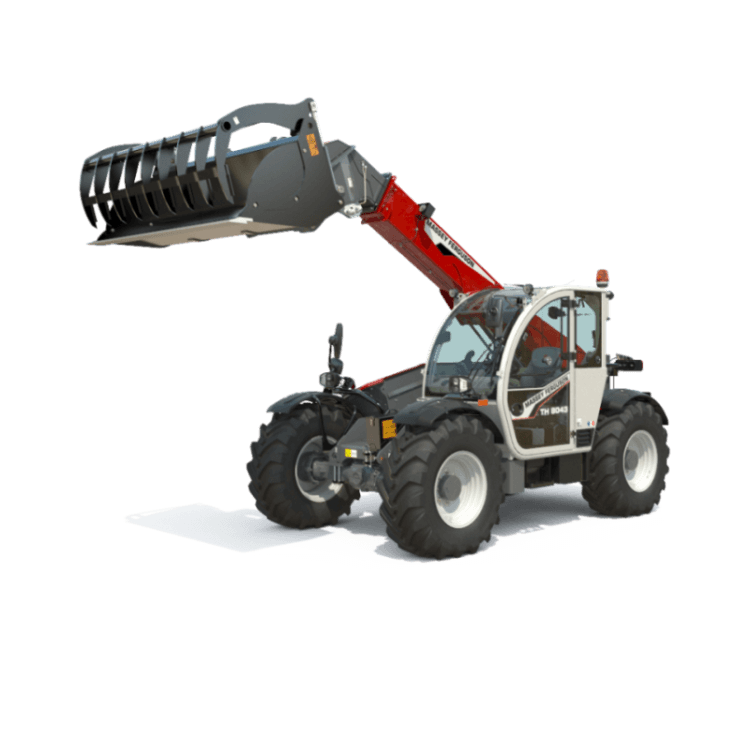
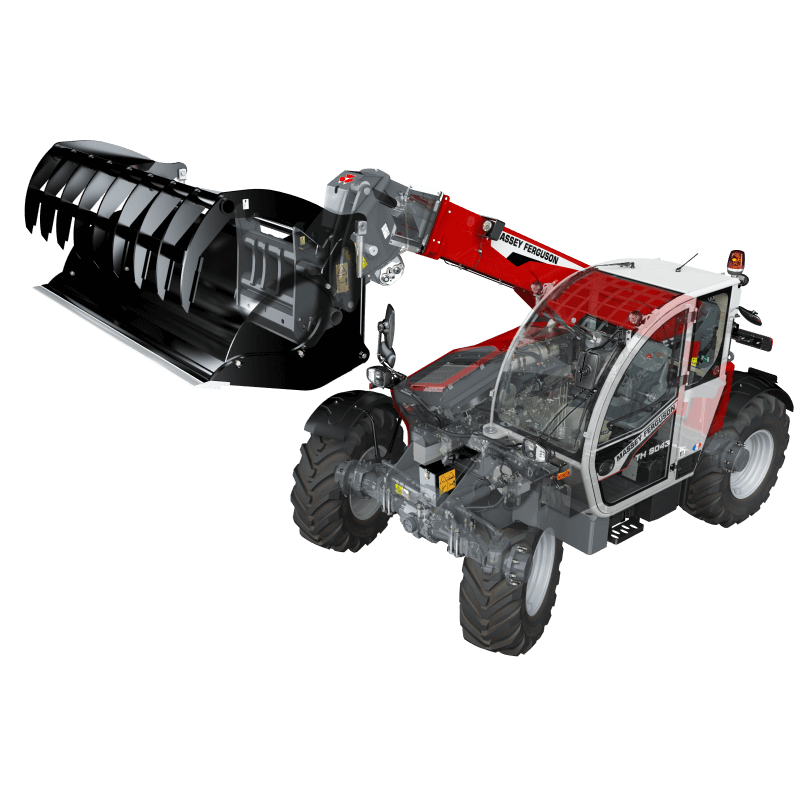
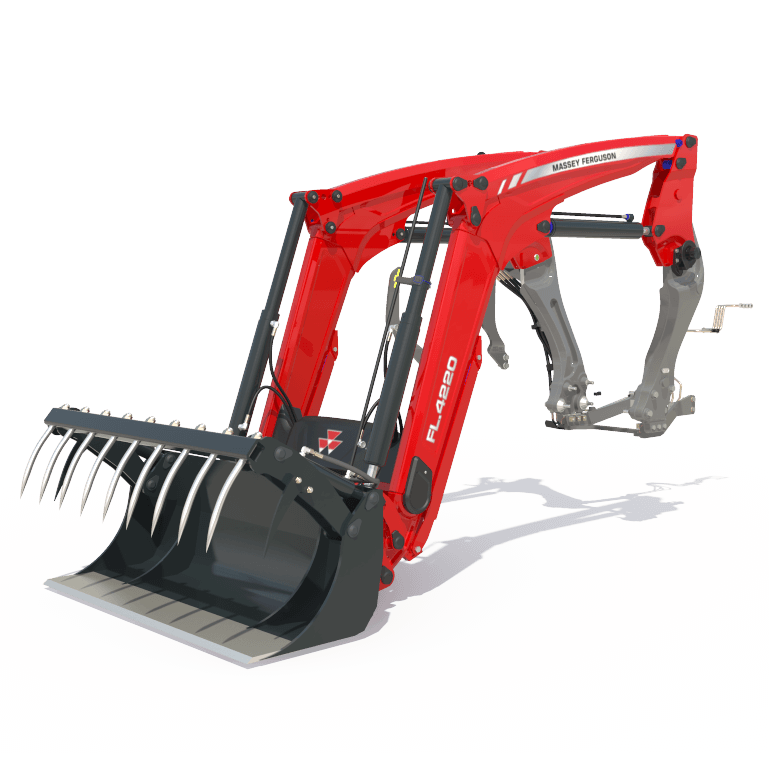
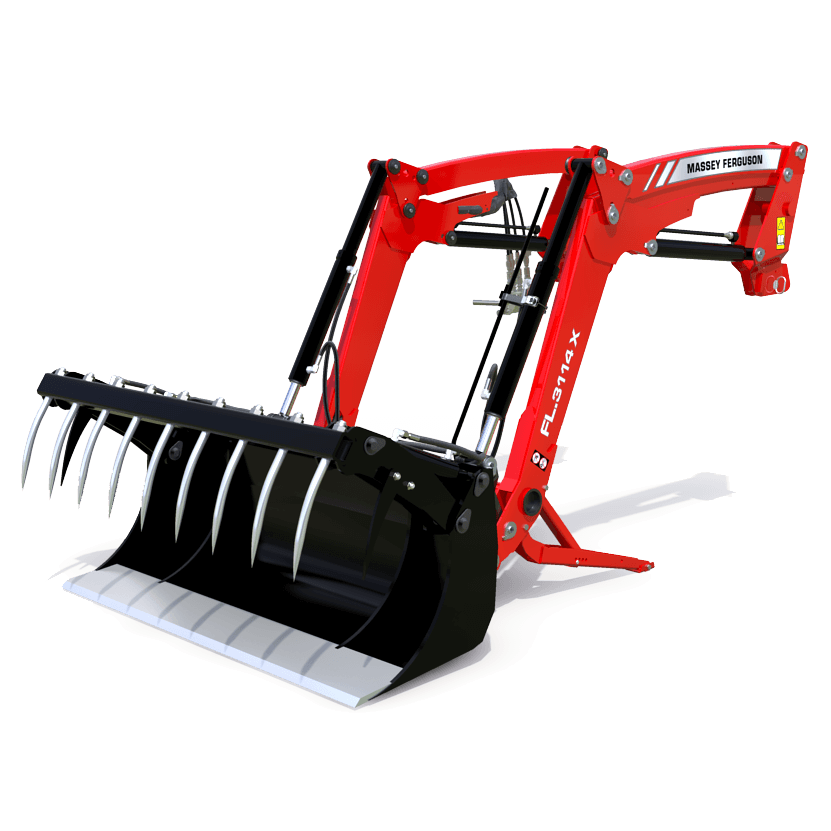
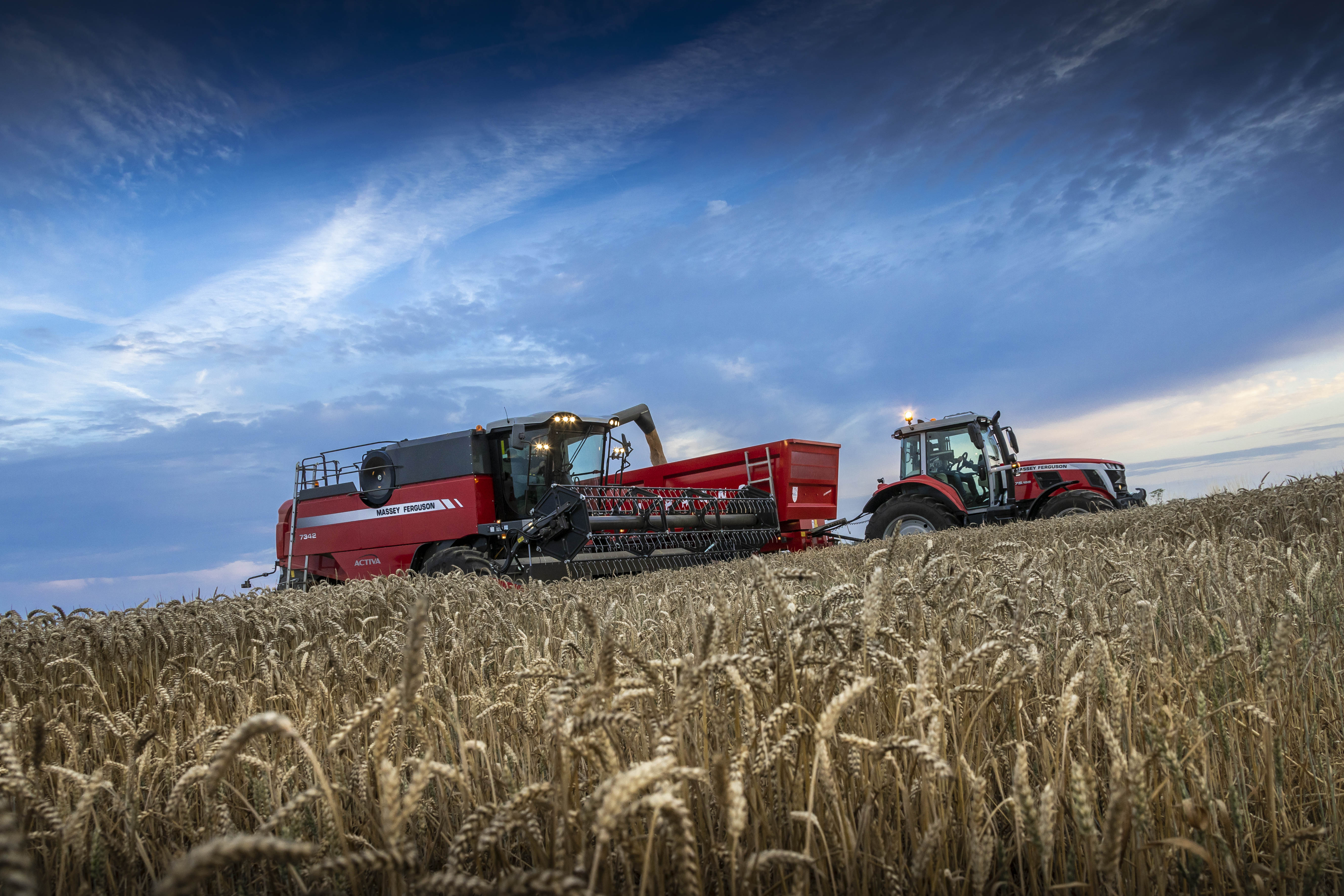
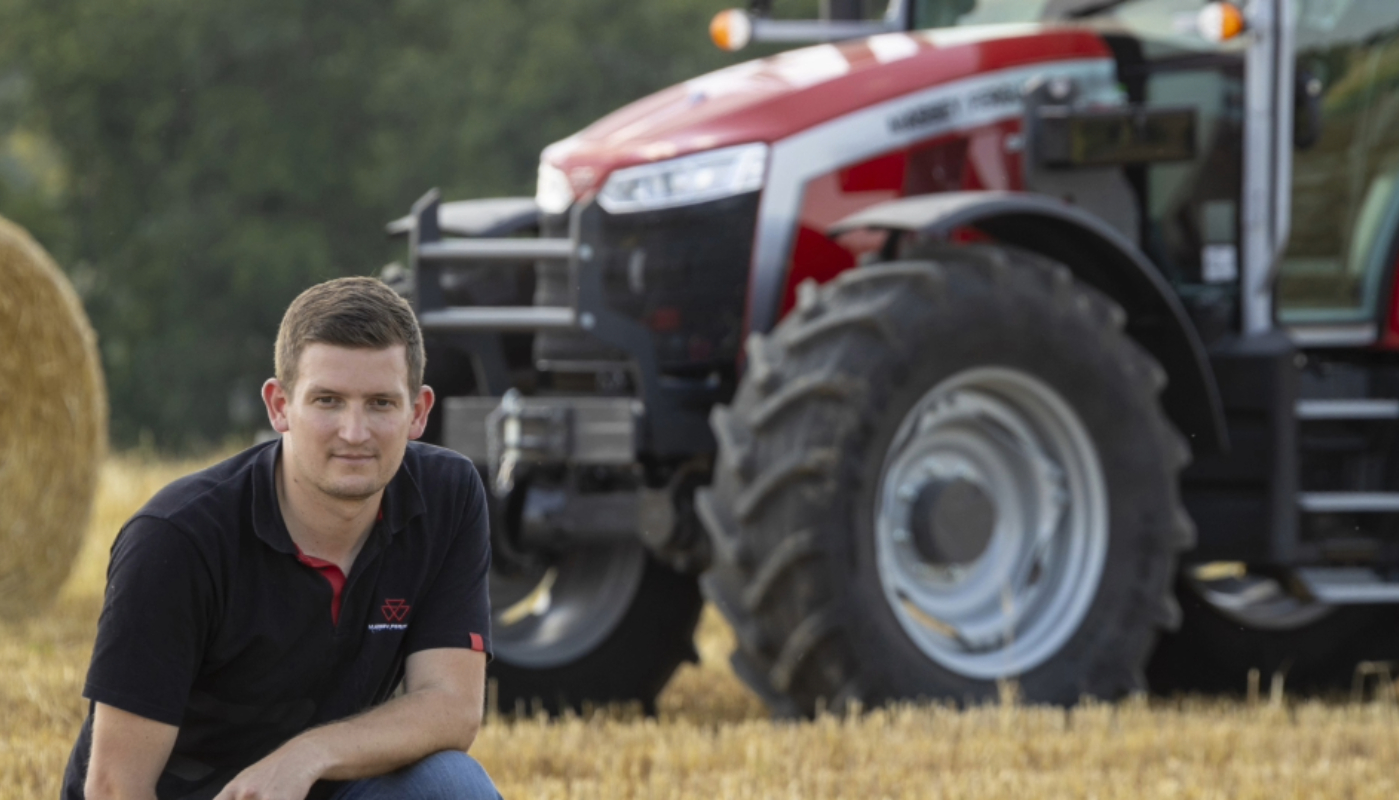
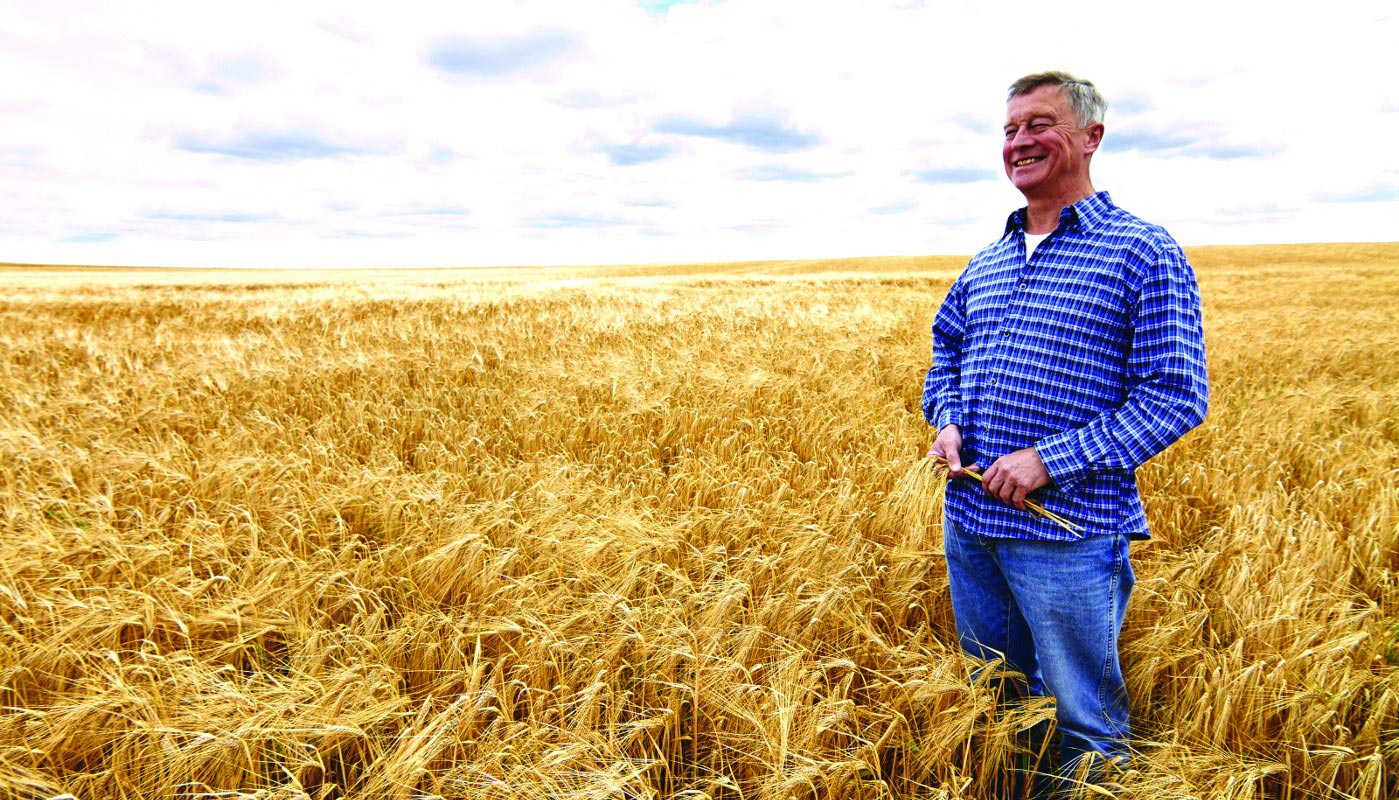
Share